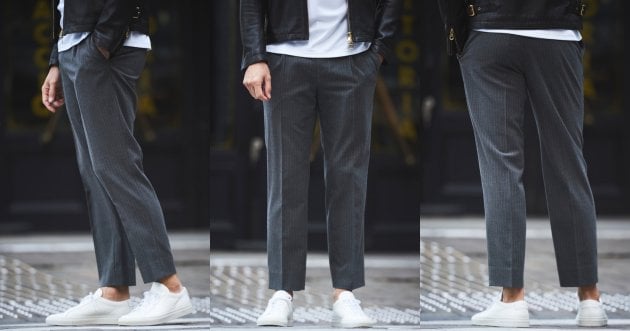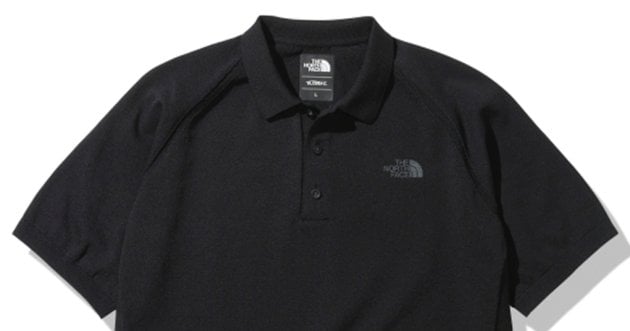
If you want to train ” deltoid ” muscles, the muscles of the shoulders, efficiently, a training menu using dumbbells is recommended. In this article, personal trainer Matsuura Yasuyama introduces the correct training form and tips to make the training effective!
In 2016, he began working as a trainer as a member of Beyond Gym’s start-up staff. Served as store manager of the Horie store in Osaka, Japan; in 2017, he reached the pinnacle in the Mr. Japan contest, after which he went independent. In October 2022, he founded Waffle Gym in Tachikawa, Tokyo. He is always ready to propose muscle training menus that meet the needs of customers.
Suponsered by
What are the characteristics of the shoulder muscle ” deltoid “?
The deltoid muscle is the outer muscle that covers the shoulder. It is the third largest muscle in the entire body and the most voluminous muscle in the upper body. It is mainly used to move the shoulder joint back and forth, left and right, and is involved in almost all movements using the arms in daily activities. The deltoid is divided into three parts: anterior, middle, and posterior, and since the part used depends on how the arm is moved, there are different types of exercises to train each. If you want to increase the overall size of the deltoid muscle, you will need to combine at least 2~3 exercises to train it properly, so take your time.
Training the anterior deltoid also strengthens pressing-type events.
The anterior deltoid is used when raising the arm forward from a lowered position (flexion), moving the arm horizontally from back to front (horizontal adduction), and twisting the upper arm inward (internal rotation). The anterior deltoid is also strongly involved in bench presses, dumbbell presses, push-ups, and other pectoral muscle exercises, because the flexion and horizontal adduction are also used to push the arm forward in front of the chest. If you find that your bench has been sluggish lately, training the anterior deltoids is an effective way to improve your bench strength.
Related article ] How to do push-ups effectively? Tips and variations to make it work!
Training the middle deltoid makes it easier to create an inverted triangle silhouette.
The middle deltoid is the muscle used when raising the arm to the side (shoulder abduction). It is not often used except for shoulder training, but training it can create an inverted triangle silhouette with broad shoulders because it creates shoulder overhang. It is also the largest part of the deltoid muscle, making it easy to see results.
Related article】What is muscle training to broaden shoulder width? Introducing a menu you can do at home.
Training the posterior deltoid makes a big difference in side and back appearance
The posterior deltoid is used when raising the arm behind the back (shoulder extension), moving the arm horizontally from front to back (horizontal abduction), and twisting the arm outward (external rotation). Although it is less prominent than other parts of the body, it is important to train the deltoid because it has a great influence on the appearance of the shoulder, such as the roundness of the shoulder when viewed from the side and the three-dimensional effect when viewed from behind. Although there are only a few exercises that target the posterior deltoid, it is said that training the posterior deltoid while training the back is more efficient, since it is also mobilized to some extent by back exercises such as lat pulldowns and rows.
What points should a beginner in strength training pay attention to when training the shoulders?
However, shoulders are prone to injury, so it is important to choose a weight that is safe. However, it is important to choose a weight that is safe for the shoulders, as they are the most vulnerable part of the body to injury. For beginners, it is important to use dumbbells of 3-5 kg, which can be controlled well, and to keep a careful form.
6 shoulder exercises with dumbbells! Including tips to make them work!
Here we introduce a menu of shoulder muscle training exercises with dumbbells that you can do at home. Personal trainer Mr. Taiyama’s advice on how to make them work will also be of great help.
Front Raise” for the front deltoid
Hold dumbbells in both hands and stand with feet shoulder-width apart. Straighten your back and raise your arms forward with the backs of your hands pointing toward the ceiling. When you reach the same height as your shoulders, slowly lower the dumbbells in the same direction as you lifted them. Repeat 10-15 times for 3 sets.
Shoulder Press ” for the front and middle deltoid muscles
With your feet about shoulder-width apart, hold dumbbells in each hand and raise them to ear height. At this point, adjust your elbows so that they are directly under the dumbbells and in a straight line with your shoulders. From there, raise the dumbbells overhead. Stop just before the elbow is fully extended because the load is released when the elbow is fully extended, and lower the dumbbells slowly and with control. Repeat for 3 sets of 10~15 times.
The ” Arnold Press ” for the front and middle deltoids
Hold dumbbells in both hands and place your feet shoulder-width apart. Set the dumbbells at the same height as your mouth, with the palms of your hands facing your body. From there, rotate your wrists outward while lifting the dumbbells above your head. Stop just before you fully extend your elbows, and slowly lower the dumbbells in the same trajectory as when you lifted them. Repeat for 3 sets of 10-15 times.
Side Raise” for the middle deltoid
Hold dumbbells in both hands and stand with your back straight. Being careful not to bend your upper body, raise the dumbbells to the side, keeping your elbows extended. Once the dumbbells are raised to shoulder height, lower them slowly and with control. Repeat this movement for 3 sets of 10~15 times.
Upright Row ” for the middle deltoid
Stand with your back straight and stand with dumbbells in both hands, narrower than shoulder-width apart. Lift the dumbbells in line with your body, as if you are pulling your elbows up. After lifting the dumbbells close to your chin, lower them slowly and with control. Repeat this movement for 3 sets of 10~15 times.
Rear Raise ” for the posterior deltoid
Hold a dumbbell in each hand and open your feet to about shoulder-width apart. Stand ready with your hips pulled back and your body rolled over and your back rounded. Keeping this posture, slightly bend your elbows and raise the dumbbells. Be conscious of controlling the dumbbells as you lower them. Repeat for 3 sets of 10~15 times.
Dumbbells are recommended for home training!
Finally, we recommend dumbbells that are indispensable for the training we have introduced.
Dumbbell Recommendation #1: “Umi Dumbbell Set”
Introducing a simple dumbbell set from Amazon brand “Umi. Made of neoprene coating, they are water-resistant and durable, yet non-slip even when sweating.
Click here for details and purchase.
Dumbbell Recommendation #2: “Wout Dumbbells that can also be used as barbells.
If you want to try various training exercises other than shoulder training, you can use this dumbbell as a barbell! Wout’s dumbbells that can also be used as barbells are more reasonably priced than similar products and highly rated for their ease of use. The material used is polyethylene, which is also great for preventing scratches on the floor.
Click here for details and purchase
Dumbbell Recommendation 3: “4WD Variable Dumbbells
At the gym, dumbbells are available in weights ranging from 1 to 40 kg, so you can use different dumbbells depending on the part of the body you want to train. 4WD recommends adjustable dumbbells, which can be adjusted from 2.5 kg to 24 kg in 15 increments, making it possible to use different dumbbells for different parts of the body and taking up very little space. They are also convenient if you want to share them with family members.

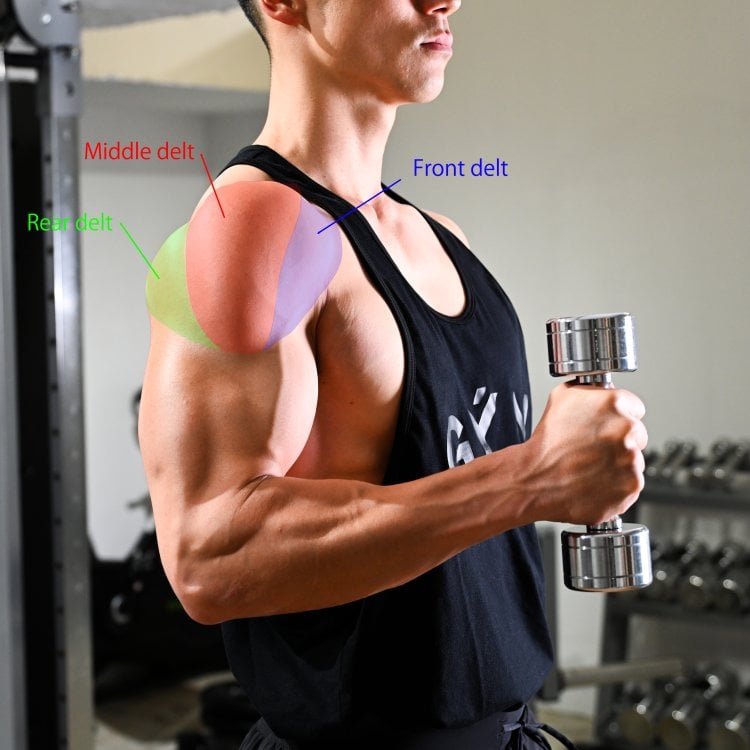
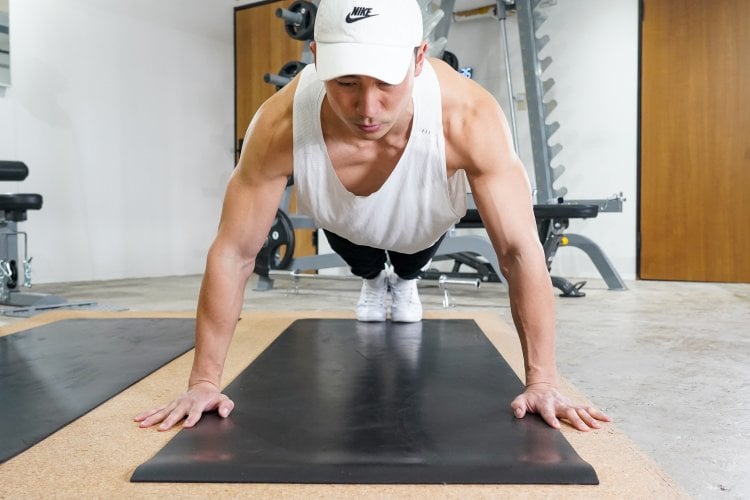

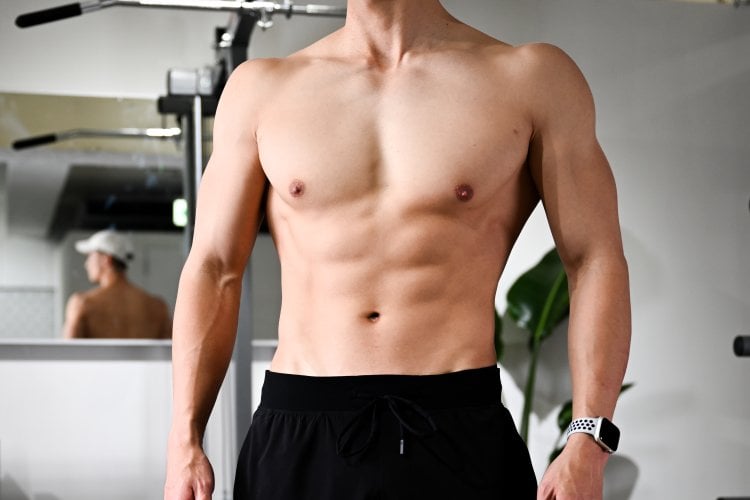

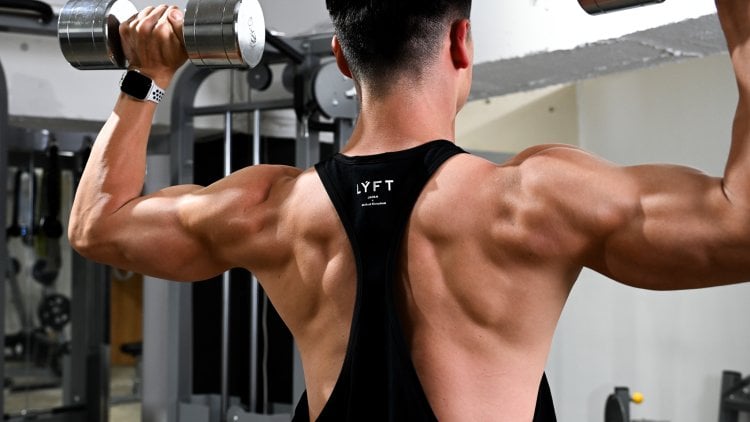


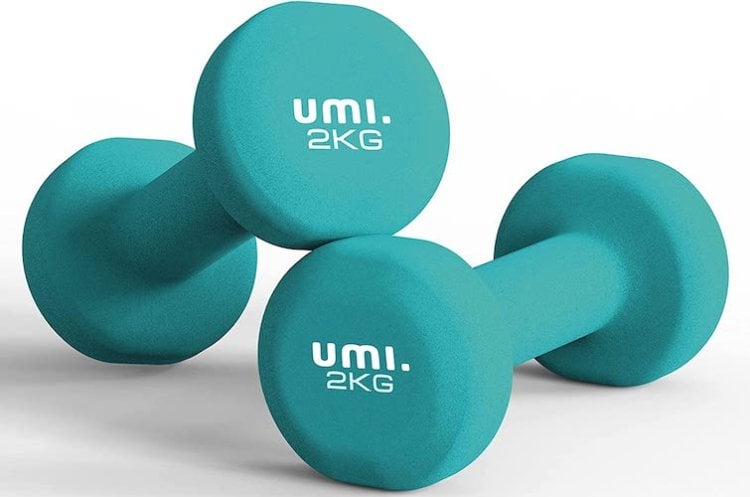
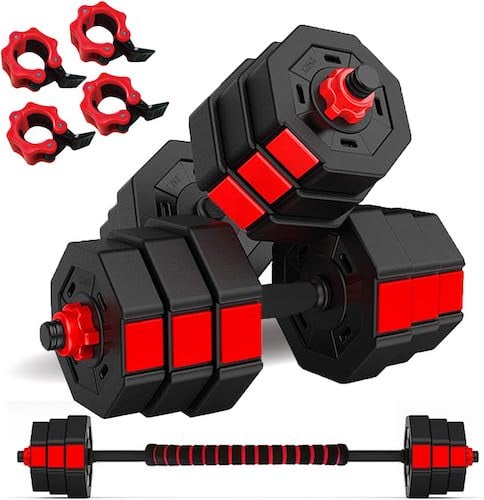
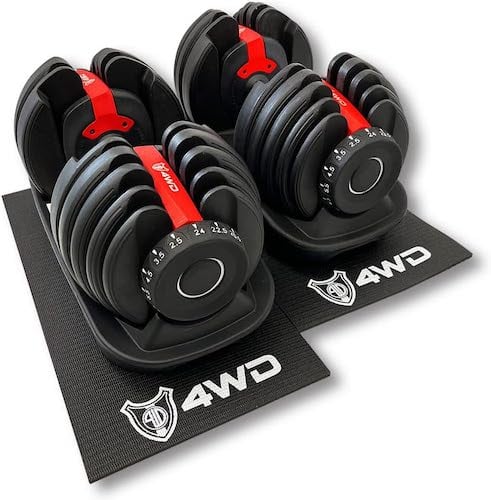
![What are the specific 5 changes that muscle training can bring to a man? [“The truth as experienced by practitioners.”]](https://otokomaeken.com/wp-content/uploads/2023/12/3ecb709c1f1613850249ba743b4b1457-630x331.jpg)
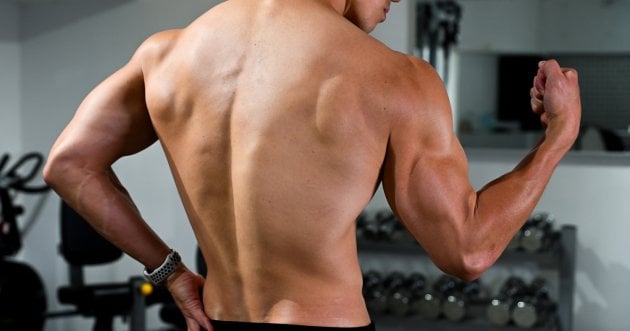

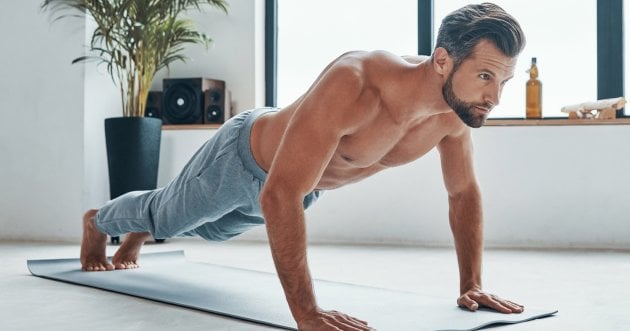
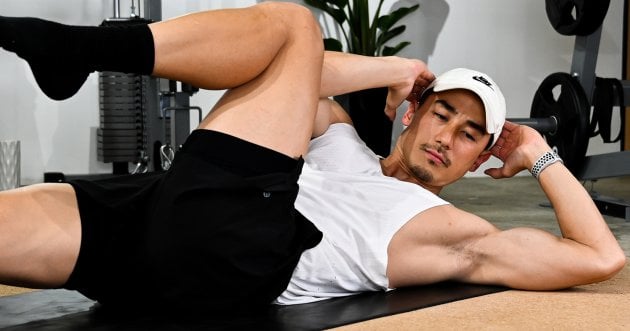



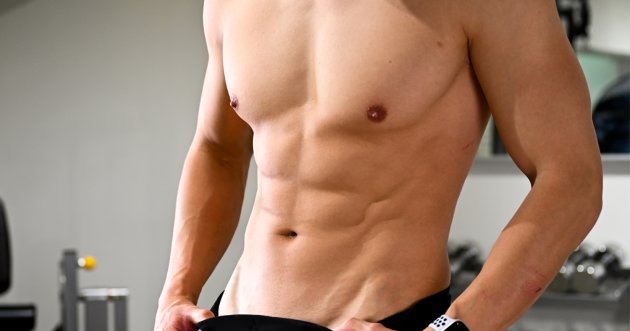
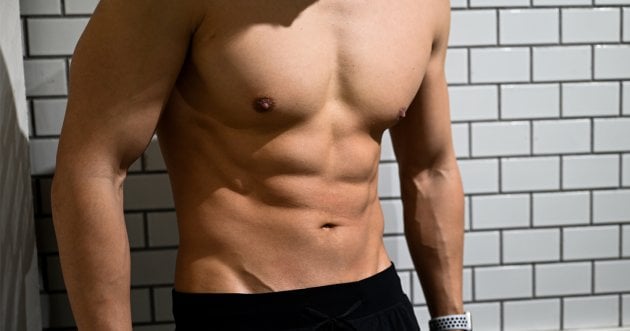
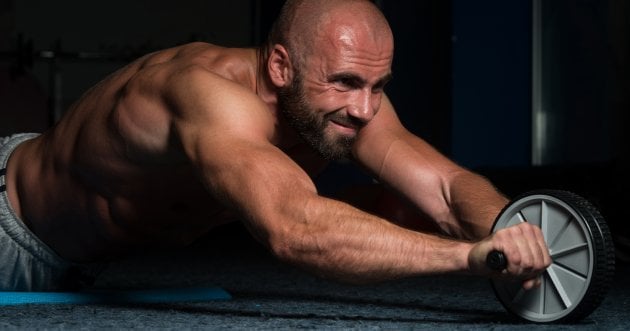
![6 self-weight menus for leg training! Effective training for toning the lower body [ supervised by a professional ].](https://otokomaeken.com/wp-content/uploads/2023/03/2232-630x331.jpg)




